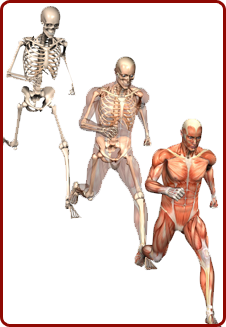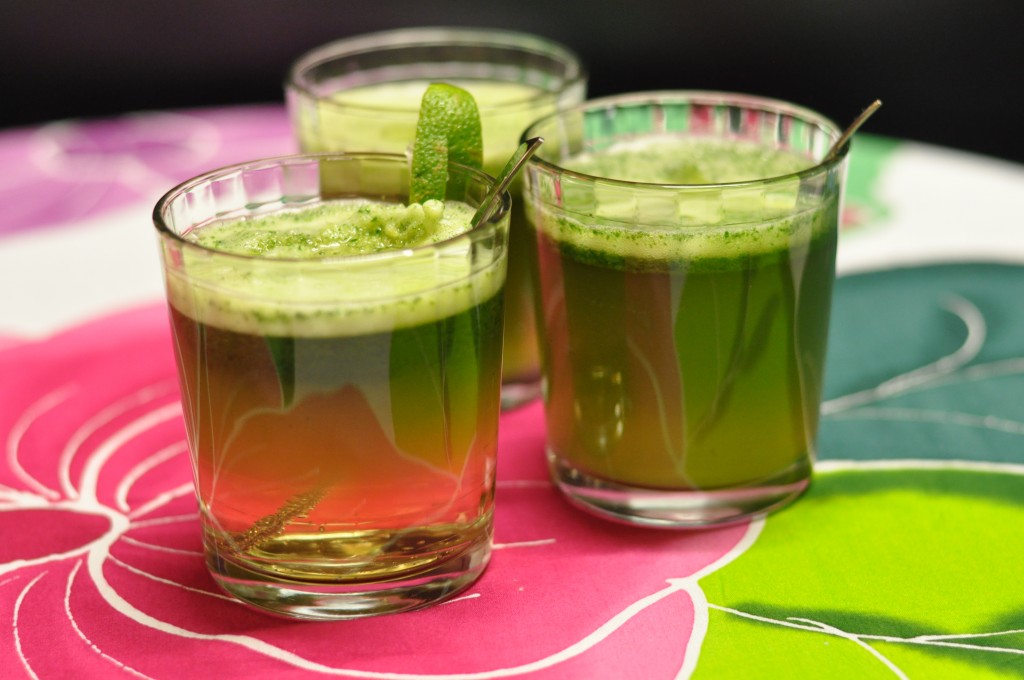
Issue #9 (Monthly Online Newsletter)
Bones – Muscles – Joints
Written by Judy Fleming
We value our houses and homes for many reasons; because of their high cost, they keep our family warm and safe, and they give us a place to keep the valuables we collect in life. The wood structure and nails define our house’s shape, anchor the walls, and shield the inside from the outside elements. We make sure this structure stays strong so our homes are safe. Well our bones and joints act the same way for our body.
 Our skeletal system gives the shape to our body so we can stand straight and it protects our inner organs from the dangers around us. But not everyone takes as good care of this system as they do their homes.
Our skeletal system gives the shape to our body so we can stand straight and it protects our inner organs from the dangers around us. But not everyone takes as good care of this system as they do their homes.
The human musculoskeletal system is an organ system that gives us the ability to move and provides form, support, stability, and movement to the body.
Our bones work with our joints and muscles to allow our body to move so we can do thingslike play tennis, play an instrument or just walk to the corner store to get some food. Our bones, joints and muscles are an important trio that will make a huge difference on how we live our life. They are each individual parts that depend on each other.
Here is how they work:
The Bones
The bones provide stability to the body and their primary functions are:
- They act as protection for our other vital organs (they are like a suit of armor)
- They store minerals such as calcium and magnesium (our bones manage the level of our mineral balance; if these minerals are high they are stored in the bones but if it is low they will be withdrawn from the bones for use in the body as needed)
- They enable us to move acting as levers arms
- They produce the blood cells and stem cells our body needs
Our bones are living organs that continually replenish themselves replacing older bones or damaged ones. But as we grow older our bones do not continue to grow. They become more porous and weaker because they gradually lose bone density. If we take care of our bones we can prevent some of this natural aging and keep our bones stronger and less likely to fracture or break. We are born with 300 bones but as a result of maturity, where some of the bones fuse together, an adult skeleton consists of 206 bones.
The Muscles
Muscles keep bones in place and also play a role in movement of the bones. Muscles contract (bunch up) to move the bones. We have 650 muscles that give us the strength to do everything.
There are three types of muscles: cardiac, skeletal, and smooth.
- Smooth muscles are used to control the flow of substances within the lumens of hollow organs and are not consciously controlled (as the muscles found in the walls of blood vessels).
- Cardiac muscles are found in the heart and are used only to circulate blood
- Skeletal muscles are the only muscles that can move the body. These muscles are attached to bones and arranged around the joints.
All our skeletal muscles are attached to ligaments and are made up of tissue that contract and relax. A muscle works when you put it under a certain amount of tension and the energy we consume (as food) gives us the power to contract and relax.
The Joints
To allow motion, different bones are connected by joints. These joints are structures that connect the individual bones and allow them to move with each other to cause movement. The joint is made up of ligaments and cartilage keeping the joint lubricated so it can move smoothly. There are 2 divisions of joints; diarthroses and synarthroses
- Diarthroses allow extensive mobility
- Synarthroses are immovable
The three most important joints are the knee, hip and shoulder. They are each constructed differently to do their individual jobs of keeping us mobile and stable. The shoulder and knee are more mobile joints allowing easy movement while the hip is more stable to carry us as we walk.
Joints are very vulnerable parts of the body because they are soft so they can easily be hurt. They can also be easily damaged when the body has too much weight causing a strain on the joints.
Our Action Plan for better bone, muscles and joint health?
So what can we do to make sure these important parts of the body are well cared for as we age:
- Physical activity – making sure we do not over exercise is just as important as doing it. Our exercise should consist of resistance, stretching and aerobics every day for at least 15-30 minutes. Make sure you wear proper supportive shoes as well.
- Proper diet – eating a variety of raw vegetables, fruits, nuts, seeds, legumes and grains will give us the essential nutrients we need; minerals, vitamins, fatty acids, protein and water, all necessary for better health.
- Good Posture – by treating our skeleton with respect it will be stronger, stand up straight so you are not putting a strain on your joints and muscles.
- Stop smoking, excessive drinking of alcohol, drinking beverages with caffeine
- Rest – we need to get the right amount of sleep every day so our body can repair any damage we have caused

Virgin Mojito
This is a very refreshing drink made with fresh limes and mint – a wonderful way to celebrate the coming of Spring or a great drink for a hot summer day!
I used our CitriStar juicer to make the lime juice.
- 1 lime for every 2 people
- 4 ice cubes per person (this can be crushed as I did or left whole)
- 4-6 mint leaves per person (these can be blended with crushed the ice as I did or chopped and added to the drink)
- 1 cup organic vegan alcohol free wine per person
Pour the wine in a glass then add the crushed ice and mint and last add the lime juice. Garnish with a slice of lime and serve cold with a swizzle stick so each person can mix their own drink.

